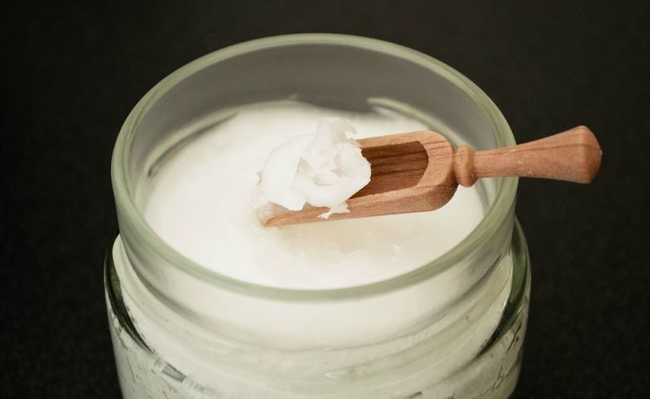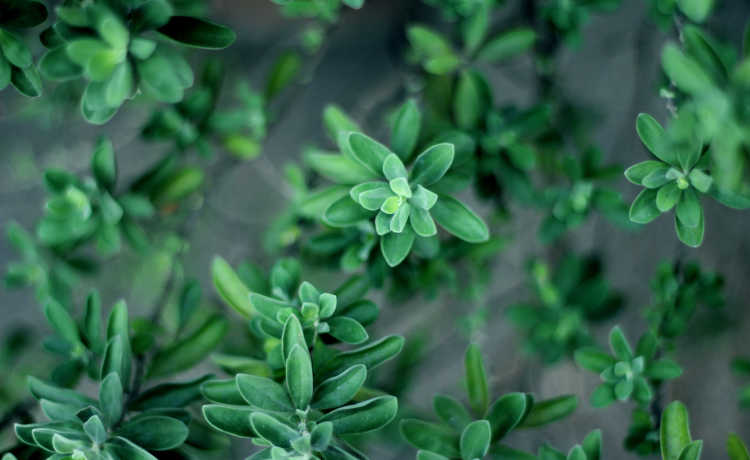Learn how to exfoliate
Skin exfoliation must be done with natural products to avoid impacts on the environment

Magnazin Unsplash Image
Exfoliation is a treatment made with granular substances mixed with creams or oils in order to clean, renew and moisturize the skin. The benefits of exfoliation are numerous. It improves and evens out skin tone, is effective against cellulite, stimulates blood circulation, helps to eliminate toxins and impurities, in addition to giving the skin back a healthy, vigorous, luminous, uniform, smooth and silky feel.
Despite having numerous benefits for the health and beauty of the skin, some exfoliants contain granular substances made of microplastics, which contaminate water in seas, rivers and lakes. Therefore, it is recommended that you opt for exfoliation with natural products.
Importance of exfoliation
The skin is the largest organ in the human body, so it deserves special care. Every day we are exposed to agents that end up harming the health and beauty of the skin, such as attacks from the sun's rays, wind, pollution and residues that are suspended in the air.
On the surface of the skin, layers of dead cells and dirt accumulate and deposit in the pores. In addition to creating a layer that impedes the efficient action of cosmetics, these substances leave the skin with a rough, dull, dry and tired appearance. Thus, exfoliation is important because it evens out the skin tone, giving it back a healthy, luminous and vigorous appearance.
What is exfoliation?
Exfoliation is a facial or body treatment that helps to renew the skin, eliminating dead cells and impurities that leave the largest organ in the body aged, dry and dehydrated. The removal of these dead cells removes impurities, which frees up pores and, consequently, skin respiration. In addition, exfoliation allows the skin to more effectively absorb the compounds present in creams and cosmetics that will be applied later.
The special feature of facial exfoliation is its deep cleansing action that detoxifies the skin, making it distinctly smoother, smoother and luminous. Body exfoliation helps fight cellulite, localized fat and thins the thickest parts of the body, such as elbows, knees and feet.
For each part of the body a specific type of exfoliant should be used. Body scrubs should be more consistent and more grainy. Facials, on the other hand, should be smoother and with less grain so as not to irritate the sensitive skin on the face.
Benefits of exfoliation
Exfoliation is a very important treatment for the skin, as it removes impurities that leave it looking damaged. The benefits that this action promotes are diverse, among them are:
- Improves skin texture, leaving it smoother, more uniform and toned;
- Improves blood circulation;
- Removes dead cells expelled by the body;
- Unclogs pores, cleaning deeply;
- Attenuates and combats wrinkles and expression lines;
- Fights the appearance of acnes and blackheads;
- Eliminates acne marks and blemishes;
- Stimulates the production of new cells with more collagen;
- Avoid excessive oils;
- Leaves skin ready for hydration, increasing the absorption capacity of moisturizing creams.
On the body, in addition to being effective against cellulite and localized fat, exfoliation prevents ingrown hairs. It is recommended to exfoliate three days before waxing to remove dead cells and thin the skin, and three days later to prevent the hair from becoming ingrown.
When done in summer, the exfoliation ensures a natural, even and long-lasting tanning on well-prepared skin, without blemishes and blemishes. Depending on the ingredients and the technique used, it can be done in the form of a body massage, as it has relaxing and invigorating characteristics.
How to use exfoliation
The frequency with which you should exfoliate varies with each person's skin type.
Normal to dry skins
For people with normal to dry skin, it is recommended that exfoliation be done once or twice a week. Dry skin renew cells more slowly and accumulate large amounts of scale on the surface. Two exfoliations per week can reduce the thickness of the stratum corneum, reactivating cell renewal.
Oily or mixed skins
Oily or mixed skins can be exfoliated two to three times a week. In this type of skin, exfoliation helps to unclog pores, reducing the existence of blackheads.
sensitive skins
They can be submitted to a gentle exfoliation every 15 days.
mature skins
Due to the lower rate of renewal of mature skins, it is recommended to exfoliate twice a week, always with mild exfoliants.
Skins with acne
People with acne-prone skin should avoid exfoliation, as the pustules may rupture, with the risk of infecting the sebaceous glands and aggravating the problem. In the case of mild acne, exfoliation can be done under medical advice.
The application is done with the fingers, in smooth and circular movements, applying light pressure while spreading the product over the face. In rougher regions, the exfoliation pressure should be increased a little. Leave the scrub for a few minutes and remove with warm water.
On the face, exfoliation can be followed by some other procedure, such as blackhead extraction, facial mask or massage. The important thing is to always finish with a moisturizing cream, vegetable oil or, if the exfoliation is carried out during the day, apply a sunscreen before exposing yourself to the sun. It is essential to perform a good hydration after exfoliation.
In summer, exfoliate your body once a week to ensure a harmonious tan. Never sunbathe immediately after the exfoliation, give yourself a space of one day to expose yourself to the sun's rays. In winter, it should be performed less frequently so that the skin does not lose the layer of fat that protects it from the cold.
On the feet, exfoliation can be done more than once a week, in order to avoid dryness and cracking. Apply the product only on the sole of the foot, never on the upper region.
Never do this procedure on skin with acne, wounds, dermatitis, bruises or burns, as the friction that exfoliation promotes can irritate the skin and aggravate problems. Eyes and mouths should not be exfoliated either; for the lips, there are suitable exfoliants.
Pay attention to the type of exfoliant best suited for your skin type and never use a body exfoliating product on your face. For each region there is a specific type of exfoliant.
Impacts of exfoliation on the environment
Despite bringing many benefits to the health and beauty of the skin, exfoliation can harm the environment and aquatic ecosystems. Most exfoliants are composed of granulometric substances. What many do not know is that these small balls present in these products are polyethylene microspheres, the popular microplastics, which are highly polluting and contaminate the water in seas, rivers and lakes. When they reach aquatic ecosystems, small crustaceans and fish end up feeding on them and, consequently, contaminating themselves.
To prevent rivers and oceans from becoming contaminated with these dangerous substances, it's worth checking product labels before buying them. Avoid those that contain polyethylene or polypropylene in composition. Some of them may also contain substances that are harmful to health, such as parabens. Therefore, opt for organic and natural cosmetics, which do not harm your health or the environment.
Home scrubs can be a good option. Just choose the appropriate granulometry, depending on the region of the body where you are going to apply. Clays are also a great option, as they have the same properties as exfoliants and are natural. You can find it at eCycle store natural exfoliants, clays and other products.
homemade scrub
To make a homemade scrub, mix two tablespoons of honey and one tablespoon of baking soda. Moisten the skin with cold water and apply the mixture to the face using a circular motion. Then rinse thoroughly.










